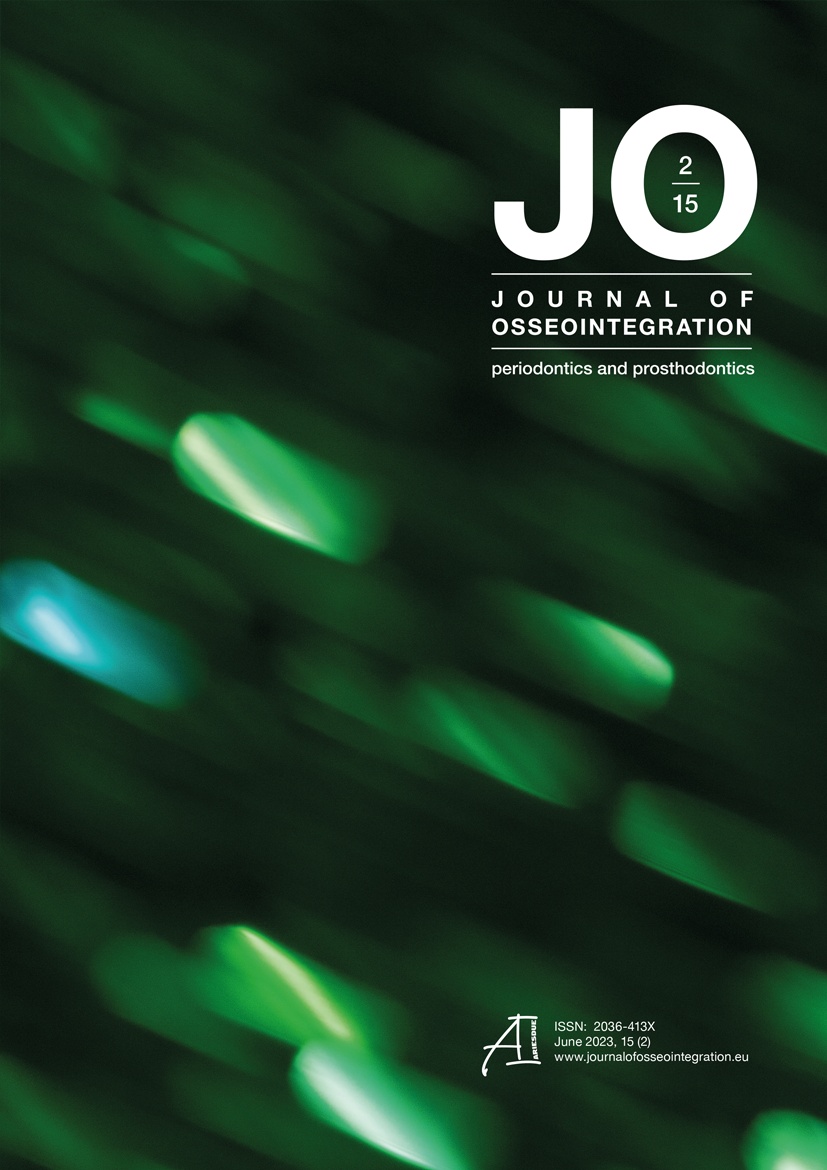Articles
Vol. 15 No. 2 (2023)
Efficacy of allogenic block graft for alveolar ridge augmentation for implant placement: a systematic review and meta-analysis

Publisher's note
All claims expressed in this article are solely those of the authors and do not necessarily represent those of their affiliated organizations, or those of the publisher, the editors and the reviewers. Any product that may be evaluated in this article or claim that may be made by its manufacturer is not guaranteed or endorsed by the publisher.
All claims expressed in this article are solely those of the authors and do not necessarily represent those of their affiliated organizations, or those of the publisher, the editors and the reviewers. Any product that may be evaluated in this article or claim that may be made by its manufacturer is not guaranteed or endorsed by the publisher.
Received: 19 December 2022
Accepted: 14 February 2023
Accepted: 14 February 2023
1063
Views
727
Downloads












